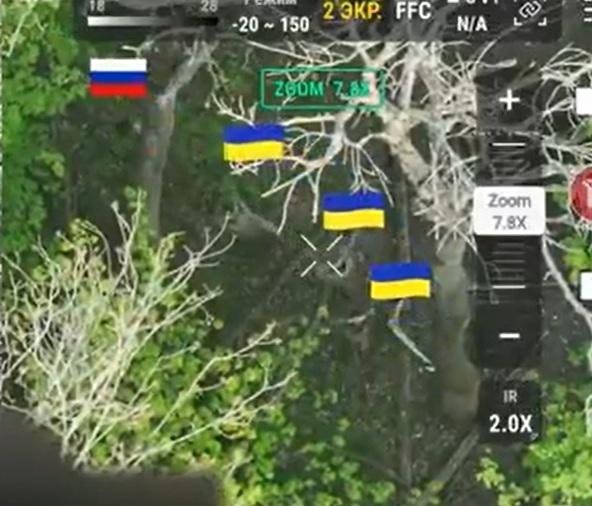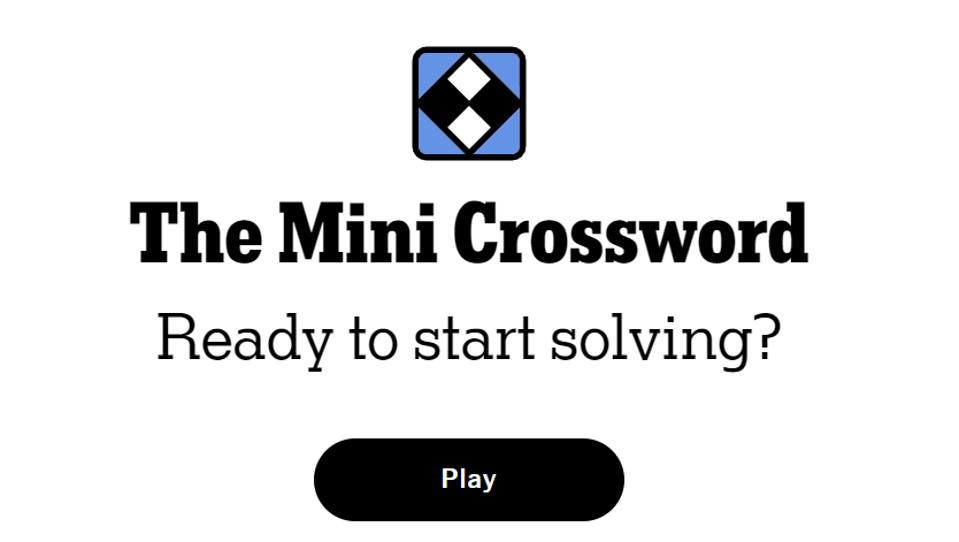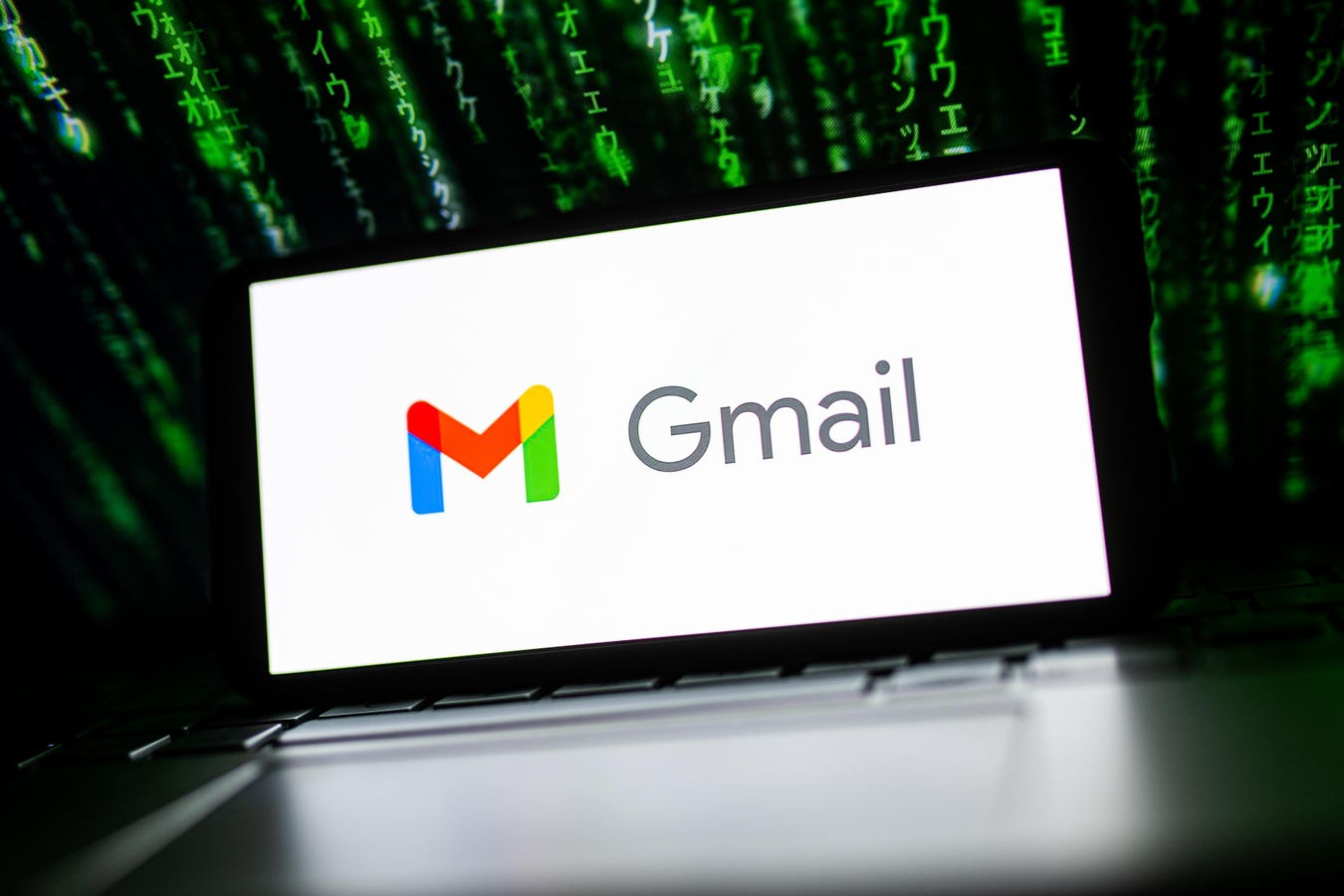A newly-built Zoox robotaxi is inspected at the company’s Hayward, California, factory.
Zoox
Robotaxis are finally here, and the competition is heating up. Waymo has expanded service in multiple U.S. cities. Elon Musk is launching a pilot program in Austin next week, claiming Tesla can overtake the Alphabet Inc. unit in autonomous driving using a much cheaper system. And now, Amazon’s Zoox plans to enter the fray late this year with a custom-designed, van-like model loaded with sensors and cameras that it hopes will set it apart.
“We’re offering a unique experience for riders that we think they’ll prefer,” said cofounder and CTO Jesse Levinson, during a tour of the new Zoox robotaxi factory in Hayward, California, this week. “The ride quality, the carriage-style seating, the roomy interior–we think all of this is going to be what sets us apart.”
After 11 years of preparation and billions of investment dollars from Amazon, Zoox intends to launch its commercial robot ride service late this year in Las Vegas, with San Francisco, Austin, Miami, Los Angeles and Atlanta to follow. Rather than loading up existing vehicles with sensors and computers like Waymo has, Zoox’s plan from the outset has revolved around creating a robotaxi service with an electric model unlike any on the road.
There’s no steering wheel, pedals or external mirrors; it has sliding doors reminiscent of transit trains; and it’s designed as a bidirectional vehicle, with an identical front and rear. The Zoox robotaxi has a top speed of 75 miles per hour, though for now it won’t typically exceed 45 mph on urban and suburban runs. It’s also intended to operate for up to 16 hours per charge per day and remain in service for at least five years and 100,000 miles.
The combination of that long service life and ability to provide dozens of rides per day are key to creating a profitable business, even with a vehicle that costs much more than a conventional electric car, said CEO Aisha Evans. “We’re selling rides, not vehicles,” she said, declining to discuss the cost of producing the Zoox-mobile. “We want to offer the best experience at a competitive price.”
The company won’t say how much it invested in the Hayward factory, set up last year, but it has big plans for the 220,000-square-foot facility. (Zoox previously built pilot models at a smaller factory in Fremont, California.) Currently, it’s building just one robotaxi a day, with human and robot workers putting together components supplied by companies like Bosch and ZF, with body panels shipped in from Italy. Next year the goal is to churn out three per hour on a single shift, or a rate of 5,000 a year. As the service expands to more cities, the factory will be able to make 10,000 a year with two work shifts.
Evans estimates Zoox will need to supply between 500 and 1,000 of the vehicles to a “medium-size” city, though she won’t say how many Zoox will have in Las Vegas when the service starts there. The company is currently doing fully autonomous tests, with no safety driver, on public roads in the gambling Mecca, as well as in the Bay Area and San Francisco, though it doesn’t yet have a permit to give paid rides in California. It’s a few years behind Waymo on that front, which began driverless tests years ago and launched its ride service near Phoenix five years ago.
Still, in its approach to autonomous driving, Zoox is much closer to Waymo than Tesla. For the past decade, it’s tested and trained its AI-enabled tech on modified vehicles on city streets and in intense virtual simulation. It also loaded its unique model up with sensors, including: eight laser lidars; 10 radar units; 18 digital cameras; eight microphones (to hear emergency vehicles, for example); and four thermal cameras that can detect humans and animals in murky weather, dim lighting or even through steam and fog. That’s similar to Waymo’s current sensor array, though the company is shifting to a new lower-cost configuration with 13 cameras, four lidars, six radars, thermal sensors and external audio receivers.
A Zoox robotaxi goes through calibration testing at the company’s Hayward, California, factory.
Zoox
By contrast, Musk is promoting the idea that Tesla’s autonomous driving system can safely operate with just eight cameras and ultrasonic sensors that cost a fraction as much as the tech Zoox and Waymo use. That’s concerning to autonomous vehicle researchers and safety advocates, particularly since Tesla has been investigated by U.S. regulators for multiple fatal accidents involving its Autopilot and Full-Self Driving features which, despite their misleading names, are not driverless systems.
Levinson, a Stanford University-trained computer scientist, said it’s possible to operate autonomous vehicles with only cameras but that Zoox wants to maximize safety with multiple sensors because, unlike Tesla, it’s not a carmaker.
“We aren’t selling this vehicle, so we don’t have the same unit economics,” he said. “We want to make the vehicle as safe as possible.”
More From Forbes








